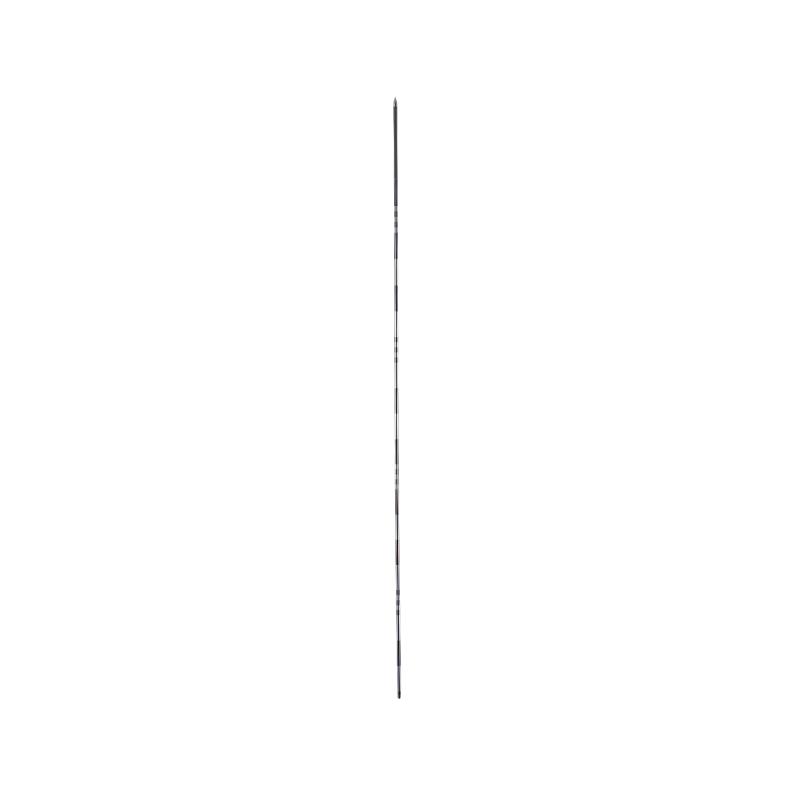+86-0577-86858771
The production of medical needles is a tightly regulated industry, driven by the need to protect both patients and healthcare professionals. From animal care to dental procedures, the reliability, safety, and consistency of needles are critical. Manufacturers must navigate a complex network of national and international regulations to ensure every needle meets medical standards. Whether it's a subcutaneous infusion needle for insulin delivery, a long dental needle for anesthetic application, or animal needles and syringes for veterinary use, compliance is a non-negotiable requirement.

One of the foundational principles of regulatory compliance is traceability. In needle manufacturing, traceability begins with the selection of raw materials. Stainless steel used in needle shafts must come with documented proof of quality, chemical composition, and source. Any inconsistencies in the material can advance to contamination risks or failure during use. Regulations typically require manufacturers to implement quality management systems—such as those aligned with ISO 13485—that ensure documentation at every step, from raw material intake to finished product inspection.
Animal needles and syringes, while not always intended for human use, are still subject to stringent oversight. In many countries, veterinary medical devices must adhere to rules similar to those governing human medical devices. Sterility, needle gauge accuracy, and labeling are all points of regulatory concern. For example, when administering vaccines or medications to livestock, even a small defect in the needle can advance to improper dosage or infection. Regulatory agencies often require stability tests, biocompatibility studies, and batch validations to ensure veterinary needles meet their intended performance without risk to animal health or the food supply chain.
Subcutaneous infusion needles, often used for long-term treatment plans, must be both safe and comfortable for repeated or extended use. These needles are typically very fine and require precision engineering to ensure a smooth and consistent flow of medication. Regulations for subcutaneous devices focus heavily on needle tip sharpness, flow rate consistency, and safe connection to the infusion set. Moreover, manufacturers must often demonstrate that their product is free from leachable substances that might migrate into the body during extended contact.
Long dental needles, used to deliver anesthetics deep into the tissues around teeth and gums, pose their own set of regulatory challenges. Because these needles are inserted into sensitive and sometimes hard-to-reach areas, their structural integrity is critical. A bent or broken needle could cause serious complications. Standards here often cover aspects such as tensile strength, corrosion resistance, and lubrication of the needle surface to lessen patient discomfort. Additionally, manufacturers must verify that the needle hub can withstand pressure during injection without leaking or detaching.
Labeling and packaging also fall under regulatory scrutiny. Every needle—whether intended for human or animal use—must include clear labeling that identifies its size, intended use, sterility status, expiration date, and lot number. This information is crucial not only for safe usage but also in the event of recalls. Regulatory authorities may perform inspections and audits to verify that labeling practices are compliant with local and international standards.
Sterilization is another cornerstone of compliance. Depending on the type of needle, manufacturers may use ethylene oxide gas, gamma irradiation, or autoclaving to ensure products are free from microbial contamination. Regulatory guidelines typically require sterility assurance levels to be statistically verified, and each sterilization batch must be monitored and validated. Failures in this area can result in product withdrawal, financial penalties, or even suspension of operations.
In the modern regulatory landscape, digital documentation and electronic quality systems are becoming more prevalent. Manufacturers are increasingly expected to maintain secure and searchable digital records of production runs, test results, and audits. This not only improves efficiency but also ensures a higher level of transparency for regulators.
Medical needle production is a field where attention to detail is more than just a quality control measure—it is a safeguard for health. Whether manufacturing a long dental needle or a veterinary syringe, compliance with regulations ensures that every product performs as intended, with small risk to patients, animals, or healthcare providers. The ongoing commitment to regulatory adherence supports a safe and dependable medical environment across multiple sectors.
Wenzhou Kangyu Medical TREATMENT
+86-0577-86858771
+86-13957709138
No. 626 Airport Avenue, Longwan District, Wenzhou City, Zhejiang Province, China
Contact Us